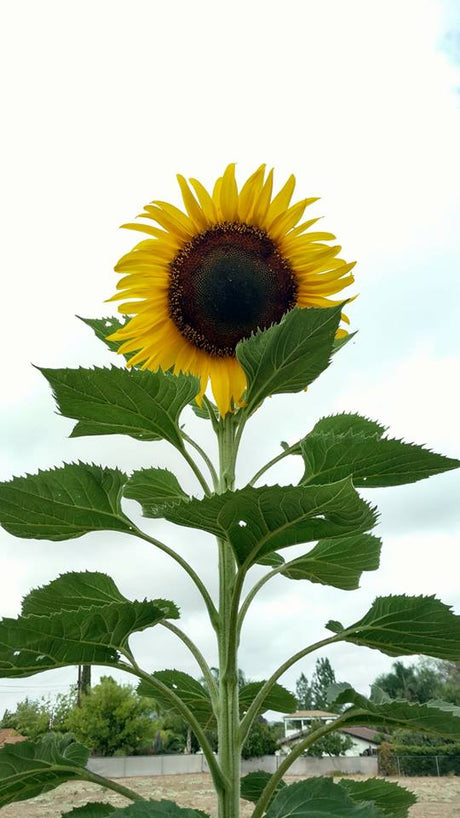
Growing Sunflowers from Seed to Harvest
Sunflowers add so much color to the garden. They're so bright and beautiful, naturally attracting bird and beneficial pollinators. An annual plant, sunflowers have big, daisy-like flower faces of bright...
Mary Smith |